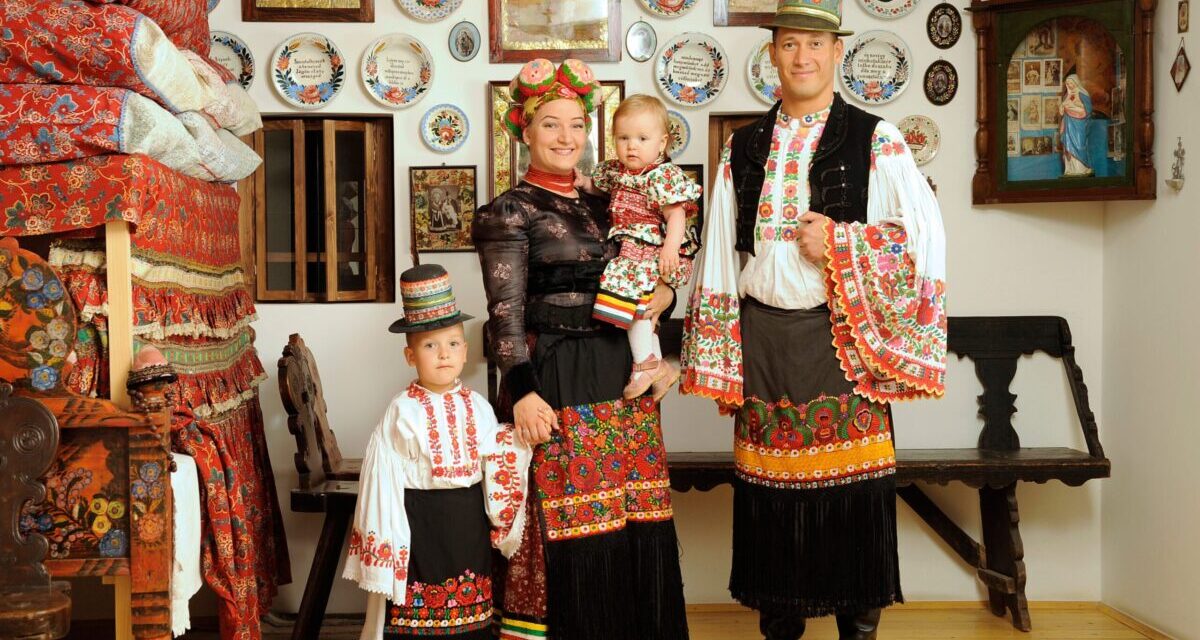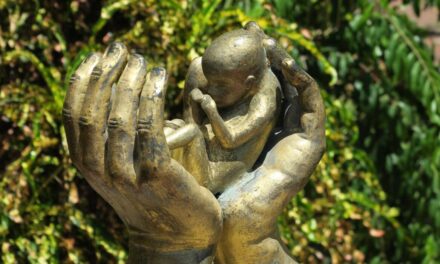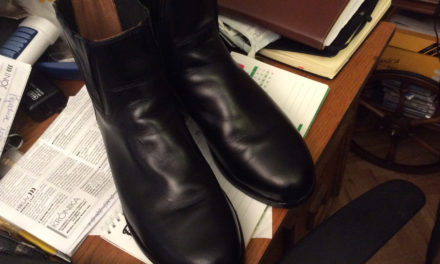I am full of questions: Are all matyó mezőkövesdi? And all Matyó from Mezőkövesd? What does it mean to be Matyo today? Is it different than a stick?
Most of us are still familiar with the ethnic groups living in the Carpathian Basin.
There is neither size nor number of ethnographically unified groups that can be linked to a landscape unit or a narrower region of it. The older age group still lives today, for whom the question of belonging is indeed important. Szeklers are Szeklers, Palócs are Palócs, Matyós are Matyós. Does this matter in the 21st century? And if so, what is it? How long will these groups last?
I am full of questions: Are all matyó mezőkövesdi? And all Matyó from Mezőkövesd? What does it mean to be Matyo today? Is it different than a stick? If I were to ask a Szekler...well, I wouldn't dare ask a Szekler. I am afraid that it will take me a long time to recover after the answer.
And that's it! This is what it means to be someone! The unquestionable certainty.
The feeling that I know where and to whom I belong. And if my parents belonged there, then where else could I belong?! Of course, there are, for example, punks from Székely, and even young emos from Székely, but that doesn't make them Székely first, and then others. "This one gets cured." my grandfather would say.
Is the sense of origin of the Jászs, Kuns, and Hajdús still strong enough to survive the globalization processes of our time? After all, a long time ago, each region differed in so many ways! The different environmental conditions gave birth to different solutions, with unique cultural characteristics, both in architecture, farming, clothing, nutrition, but also in dance and music. A Somogy kitchen is completely different from a tirpák. A guard gate is completely different from a guard gate. The clothing worn by Rába is quite different from that of Bihari. The dance and music of Kalotaszeg can hardly be compared with a Moldovan csango. We are all Hungarians, and yet we have inherited a thousand-colored culture in the Carpathian Basin. What do we do with it?
There are countries where a virtue has been forged from this diversity. It is enough to look at modern gastronomic endeavors. The greatest value is food based on local features, drawing from its own culture, locally produced and prepared there. In hospitality, the countries that have not let go of their local roots are at the forefront, but have built their unique and special modern world on it.
I don't want to accept the idea that in today's world we can only stick to one side of a global cultural mass, because we are much more "just people" with specific interests and life situations than the descendants of a people and the heirs of that culture. I think that instead of the either-or option, the set of both options would be more fortunate. After all, our identities come from so many sides, there is a place for everything, just don't forget the order. What's first?
If one reads the literature of old times - just think of Mikszáth, Jókai, Ferenc Móra, Zsigmond Móricz, Géza Féja, István Sinka, and I could go on and on - then the real secret of belonging somewhere is revealed to us. After all, behind all the small characteristics that I wrote about earlier, there is only one thing, and that is none other than the spirit.
Belonging somewhere, being someone is a feeling that a person can experience especially when they want to deprive him of it. Because I am the descendant of my father-in-law, who was certainly a scumbag, and from him, until the opportunity of life reached me, they all were. Wouldn't that be me!? Then why was I born here, forever? To the landscape that they loved with all their heart and soul, where they built and beautified their houses according to their local spirit? It's not my mind, nor my tongue, but my soul... it's still there! He is from Palóc and therefore Hungarian. I like to hear the Palóc speech, I laugh at the Palóc jokes, it is good for my eyes to linger on the shape of the old houses. I would like to make my environment more beautiful and better, and I can only do this according to my Hungarian, Palóc soul. Because this is how beautiful is beautiful to me, this is how good is good. It is good to belong to my family and it is good to belong to my nation. It's good to be a Pole, and it's good to be Hungarian.
Featured image: Matyó Folk Art Association / László Molnár













